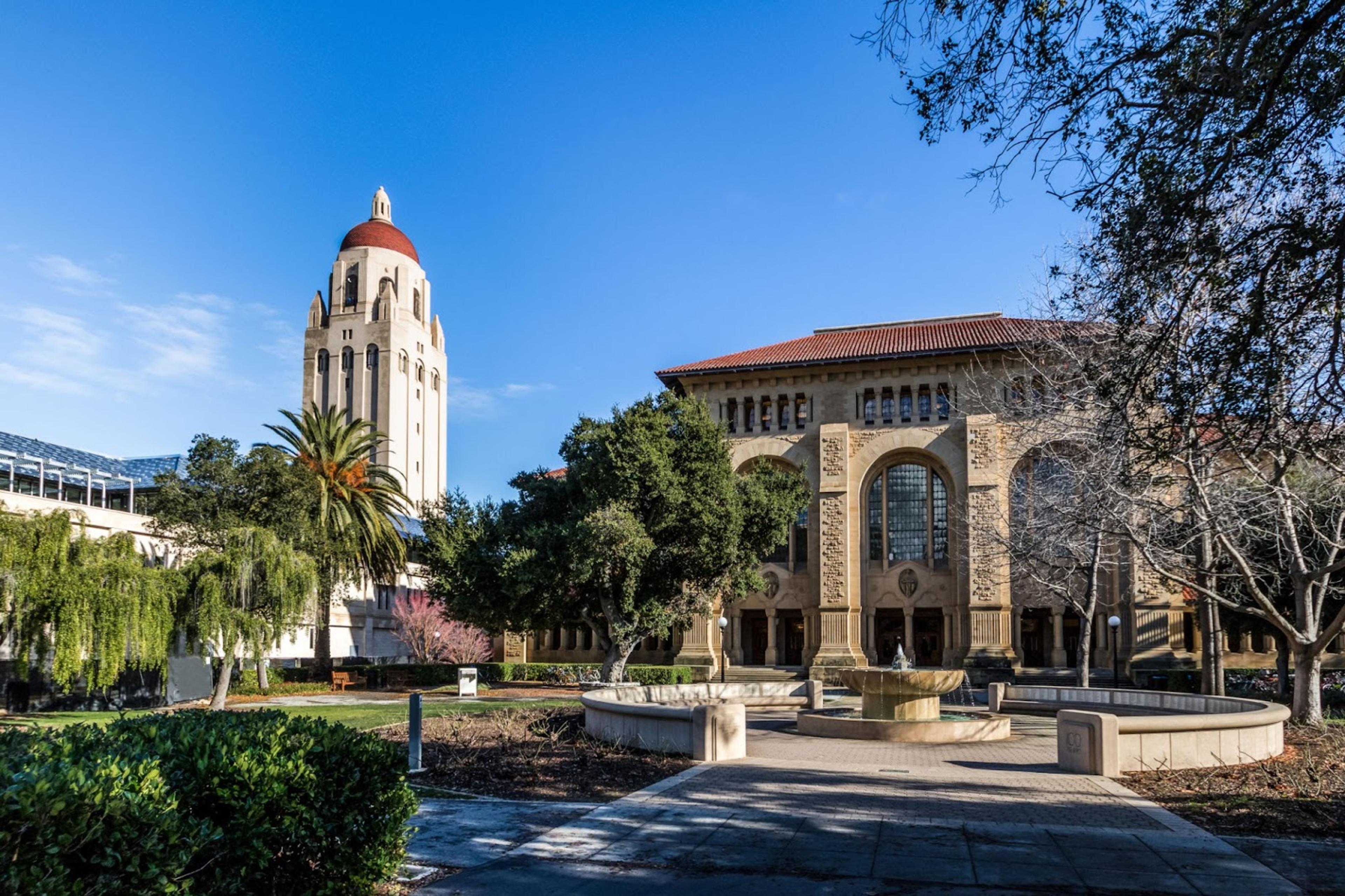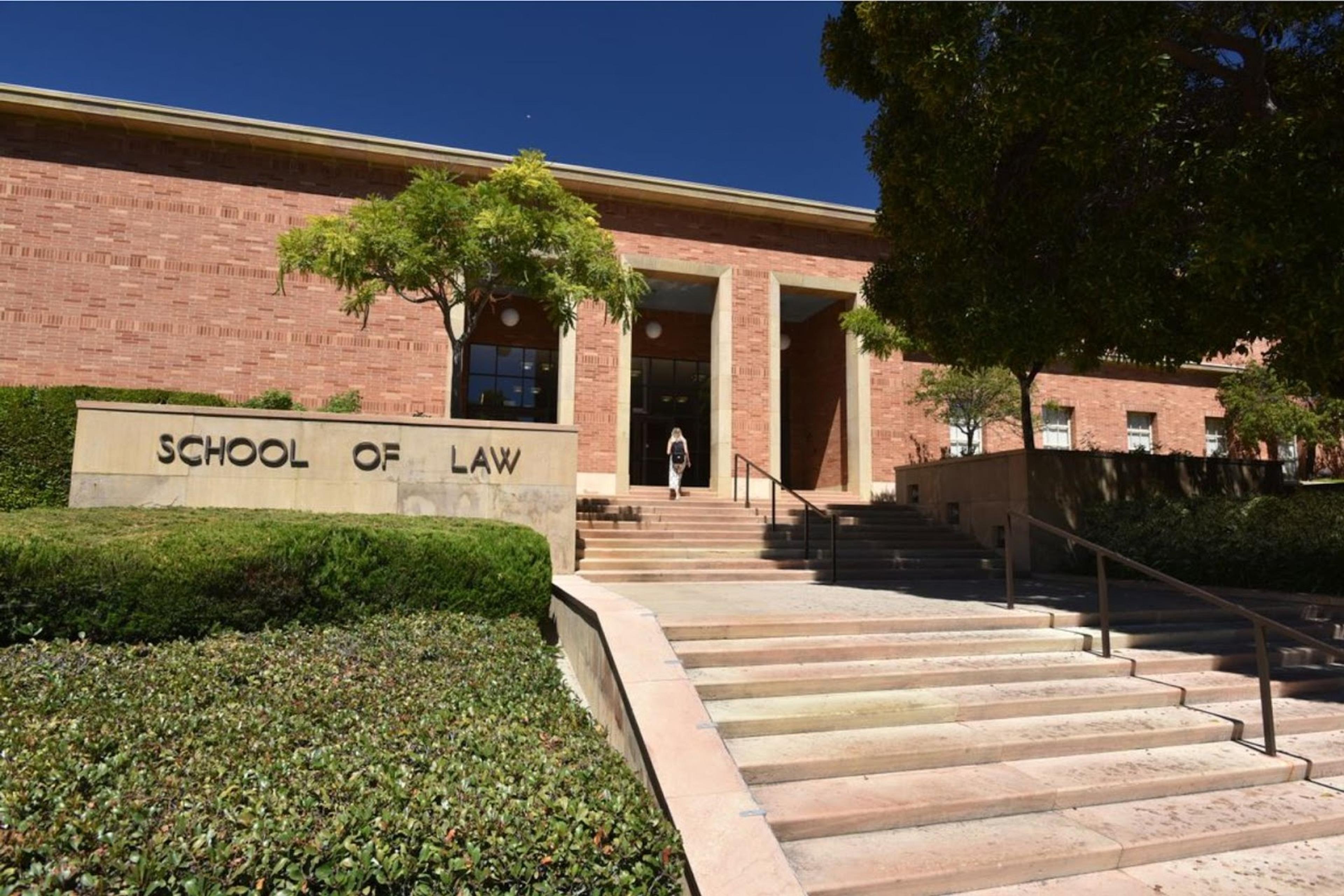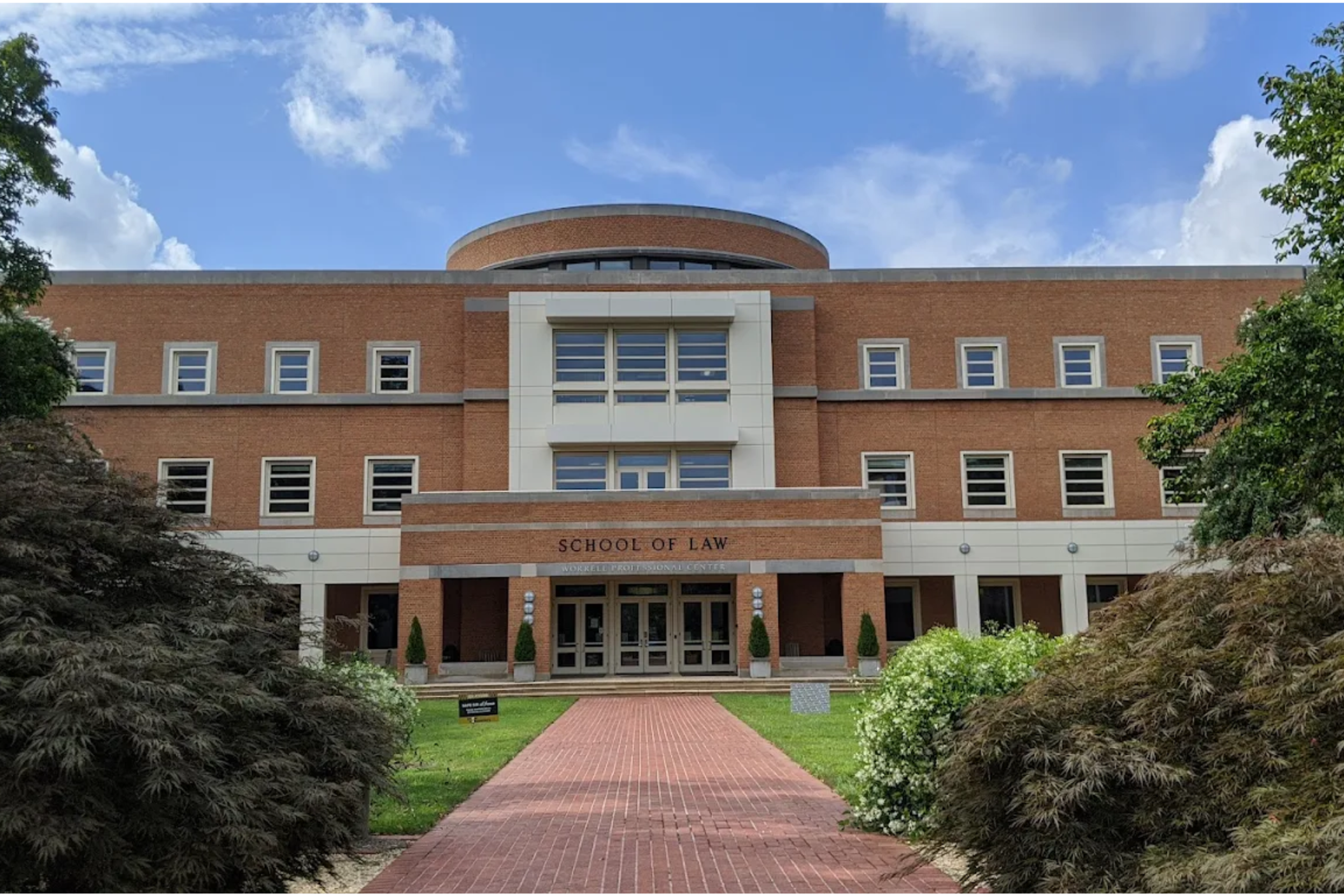LSAC GPA and Its Impact on Law School Admissions
A former Stanford Law School admissions committee member outlines everything you need to know about the LSAC GPA: what it is, how to calculate it, and how it affects your chances of getting into law school.

By Indrani S.
Partner with a former Stanford Law School Admissions Officer!
Posted July 1, 2025

Table of Contents
Free Event

Featuring Indrani S.
How To Write Outstanding Law School Application Essays
Starting Tuesday, September 2
11:30 PM UTC · 60 minutes

Featuring Indrani S.
For students applying to law schools, the LSAC GPA is an important factor in the admission process. Calculated by the Law School Admission Council (LSAC), it standardizes grades from various undergraduate institutions to provide admission offices with a uniform metric for evaluating law school applications. However, applicants often misunderstand how the LSAC GPA differs from their cumulative GPA, how repeated courses affect their scores, and what strategies can mitigate a low GPA.
As a former Associate Director of Admissions at Stanford Law School, I have read thousands of applications and have a deep understanding of what top law schools are looking for. More than just ‘standing out,’ applicants must craft a highly compelling story to convince admissions committees of their potential. Over the years, I have professionally coached 80+ applicants, helping them secure admission to top institutions such as Columbia Law, NYU Law, and the University of Virginia School of Law.
This guide breaks down how the LSAC GPA is calculated, its significance in the application process, common misconceptions, and strategies for improving your academic standing before you apply to law school.
Read: LSAC Credential Assembly Service (CAS): What it Is and How It Works for Law School Applications.
What Is the LSAC GPA and Why Does It Matter for Law School Admissions?
The LSAC GPA, calculated by the Law School Admission Council, standardizes grades earned from different undergraduate institutions to provide law schools with a consistent measure of academic performance. Unlike a university’s cumulative GPA calculation, which considers only courses taken at that school, your LSAC GPA includes transfer credits, study abroad coursework, and repeated courses, even if an undergraduate institution excludes them.
The LSAC GPA may play a crucial role in determining whether you will be accepted into top-tier institutions. Alongside an LSAT score, it is one of the most weighted components in the admission process, and it can also influence scholarship eligibility.
Before you panic, remember that grades are only part of the picture. Law school applications also include personal statements, extracurricular activities, letters of recommendation, and other qualitative factors that can bolster your profile.
How the LSAC GPA Is Calculated
LSAC will calculate your GPA by converting grades from your undergraduate transcripts into a standardized 4.33 scale. This process includes transcript summarization, where LSAC reviews and standardizes grading variations across different institutions. By doing so, law schools can evaluate their applicant pool using a consistent grading system, ensuring fairness regardless of the individual undergraduate grading scale.
Key Factors in LSAC GPA Calculation:
- What is included: The LSAC GPA considers all undergraduate courses, including transfer credits, study abroad credits, and repeated courses.
- Repeated courses: Unlike some undergraduate institutions that replace an original grade with a new grade, the LSAC GPA factors in both attempts, which can significantly affect a student’s cumulative GPA.
- Semester vs. Quarter: The LSAC GPA is weighted by credit hours, meaning that semester credit hours and quarter credit hours may affect the final calculation differently.
- A+ Grades: The LSAC converts an A+ to a 4.33 GPA, while some undergraduate institutions cap an A+ at 4.0. This difference can make a difference if your school does not grant A+ grades.
For a detailed breakdown of how an LSAC GPA calculation applies to specific grading systems, you can refer to the academic summary report provided through LSAC’s Credential Assembly Service (CAS).
Differences Between LSAC GPA and Cumulative GPA
A cumulative GPA calculation at an undergraduate institution typically includes only courses taken at that specific school, whereas the LSAC GPA will account for all completed coursework from all of your institutions. This means that courses from transfer credits, study abroad programs, and repeated courses are included in the LSAC GPA, even if the issuing school does not factor them into its own cumulative GPA calculation.
Another critical difference lies in the treatment of repeated courses. Some undergraduate institutions allow students to retake a course and replace the original grade with a new grade, but the LSAC GPA includes both. This policy can lower your overall GPA calculation compared to your cumulative GPA at your home institution.
Additionally, quarter credit hours are weighted differently than semester credit hours when LSAC calculates your GPA. Since some undergraduate institutions operate on different academic calendars, LSAC converts quarter credit hours using a 0.67 multiplier to align them with semester credit hours. This discrepancy can lead to small variations in your final LSAC GPA compared to what an issuing school reports.
Lastly, grade notation varies across undergraduate institutions. Some schools award an A+ as the highest passing grade and assign it a 4.33 value, while others cap it at 4.0. The LSAC GPA follows its own standardized GPA calculation method, which can benefit or hurt you depending on your undergraduate institution’s grading policies.
How to Determine Your LSAC GPA
To calculate your LSAC GPA, you should:
- Collect undergraduate transcripts from all issuing schools, including institutions where you took transfer credits, study abroad coursework, or repeated courses.
- Identify grades earned for each course and match them to LSAC’s standardized conversion chart, ensuring accurate alignment with the highest passing grade in each grading scale.
- Multiply each grade by its corresponding credit hours to determine quality points, keeping in mind LSAC’s adjustments for quarter credit hours and semester credit hours.
- Add all quality points and divide by the total number of attempted credit hours to get the final LSAC GPA.
You should also verify your bachelor's degree conferral date, as LSAC calculates GPA based only on undergraduate courses completed before degree conferral. Post-degree coursework or graduate and professional schoolwork is not included in the LSAC GPA calculation.
To assist you in confirming your GPA calculation, LSAC provides an academic summary report through its Credential Assembly Service (CAS). Be sure to review this report to ensure that all grades, credit hours, and grade notations have been accurately processed before submitting your law school applications.

Common Myths About the LSAC GPA
The LSAC GPA plays a crucial role in the admission process, yet many applicants have misconceptions about how it is calculated and its impact on law school applications. Understanding these myths and the realities behind them can help students make informed decisions to strengthen their applications.
Myth 1: Only the LSAT Score Matters in the Admission Process
While a strong LSAT score is one key factor in law school admissions, the LSAC GPA is equally important. Competitive law schools consider both metrics to assess your academic potential. A high LSAT score can help offset a low GPA to some extent, but both test scores and grades are considered heavily.
Myth 2: Graduate and Professional Schoolwork Can Boost a Low LSAC GPA
The LSAC GPA calculation includes only undergraduate courses completed before you conferred your degree. While strong performance in graduate and professional schoolwork may demonstrate intellectual growth, it does not alter the LSAC GPA that will be used to evaluate you.
Myth 3: A Low LSAC GPA Cannot Be Improved
While the LSAC GPA is fixed once coursework is completed, there are strategic ways to strengthen your application despite a low GPA. You can:
- Take additional undergraduate courses before completing your degree to boost your cumulative GPA calculation.
- Enroll in rigorous coursework to demonstrate academic ability and offset weaker past performance.
- Retake courses where possible, understanding that LSAC includes both the original grade and the new grade in its GPA calculation.
- Focus on earning a high LSAT score to help balance out a lower LSAC GPA.
- Craft a compelling personal statement that highlights professional experience, intellectual growth, and resilience.
- Seek out people who will write extremely strong letters of recommendation for you.
Strategies to Improve a Low LSAC GPA Before You Graduate
A low LSAC GPA does not necessarily prevent applicants from gaining admission to competitive law schools. While the LSAC GPA calculation includes all undergraduate courses, including repeated courses, there are strategic ways to strengthen an application and demonstrate academic capability.
1. Retake Courses to Demonstrate Improvement
If allowed by an undergraduate institution, repeating courses where grades were low can showcase resilience and academic growth. Although LSAC includes both the original grade and the new grade in their calculation, law schools may still recognize the effort to improve. Some admission offices consider upward grade trends favorably, particularly if the applicant demonstrates improvement in the later years of their degree.
2. Earn High Grades in Additional Undergraduate Courses
Taking extra undergraduate courses—particularly in challenging subjects—can help offset a low GPA. Even after the bachelor’s degree conferral date, enrolling in semester credit hours of coursework can highlight a student’s ability to handle rigorous academics. (Although they will not affect the LSAC GPA.)
3. Take Rigorous Coursework to Show Academic Readiness
Instead of focusing on boosting only your GPA, you should consider enrolling in challenging courses that are relevant to legal studies. Courses in business, political science, economics, or philosophy can demonstrate strong analytical and writing skills. Law schools value applicants who can prove they are prepared for the intellectual rigor of a legal education, regardless of past grades.
4. Focus on LSAT Preparation to Compensate for a Low GPA
A high LSAT score can significantly mitigate concerns about a low LSAC GPA. Since many law schools weigh the LSAT score heavily in the admission process, scoring well can strengthen your overall profile. Comprehensive LSAT prep, including practice tests and strategic study plans, can improve admission chances at competitive institutions.
5. Address a Low GPA in an Addenda
Law schools provide an opportunity to explain circumstances that may have impacted academic performance–briefly explain factors that influenced your cumulative GPA.
The Role of Personal Statements and Extracurricular Activities
While the LSAC GPA and LSAT score carry significant weight in the admission process, law schools use a holistic process to assess the applicant pool. Your personal statement will paint a picture beyond your test scores and grades, while strong extracurricular activities and work experience showcase leadership skills and commitment to the legal field.
A well-crafted personal statement can differentiate you from others with similar GPA and LSAT scores, making it a crucial part of the application process.
Read: Top 30+ Free Resources for the LSAT
How to Address a Low LSAC GPA in Law School Applications
Applicants with a low LSAC GPA should take a strategic approach in their law school applications to highlight their strengths and mitigate concerns about their GPA calculation. Law schools evaluate applicants holistically, so demonstrating resilience, academic growth, and professional experience can enhance an application.
Here are key ways to address a low GPA in law school applications:
- Addenda – If circumstances such as illness, financial hardship, or personal difficulties impacted academic performance, you should include an addendum explaining these challenges. The explanation should be factual, concise, and focused on growth and improvement rather than making excuses.
- Personal statement – A compelling personal statement will help shift focus from a low GPA to your intellectual curiosity, leadership skills, and legal career aspirations. Highlighting perseverance, professional achievements, and analytical abilities can help demonstrate potential beyond grades earned.
- Academic improvement – Taking post-baccalaureate coursework, additional semester credit hours, or upper-level undergraduate courses can show law schools that you are capable of excelling academically. This is particularly useful if you had a strong upward grade trend in your final years of college.
- LSAT – A high LSAT score can counterbalance a low LSAC GPA by demonstrating the analytical and logical reasoning skills essential for success in law school. Many law schools weigh the LSAT score heavily in the admission process, making it a powerful tool if you are looking to strengthen theiryou profile. Believe it or not, research has proven that LSAT scores can predict performance in law school with a high level of accuracy.
- Professional Experience – If you have significant professional experience, leadership roles, or relevant internships, you should emphasize these in your application. Law schools value candidates with practical experience in legal, business, or advocacy roles, as this demonstrates maturity, critical thinking, and problem-solving abilities.
- Letters of recommendation – A persuasive letter of recommendation from a professor, employer, or mentor can vouch for your intellectual ability, work ethic, and potential for success in law school. If a recommender can provide insight into your resilience or academic improvement, this can help mitigate concerns about past performance.
- Holistic admissions approaches – Some law schools place greater emphasis on work experience, personal statements, and LSAT scores rather than GPA calculation. Researching schools that consider applicants holistically can improve your chances.
- Writing – Strong writing ability is critical in law school, and you should be sure that your statement, optional essay,and addendum are polished and well-structured. Demonstrating strong analytical thinking and communication skills can reassure admission offices that you will succeed despite a low GPA.
Key Takeaways
- The LSAC GPA is a standardized GPA calculation used by law schools which may differ from an undergraduate institution’s cumulative GPA.
- Law schools consider LSAT scores, personal statements, and extracurricular activities alongside the LSAC GPA in the admission process.
- Repeated courses, transfer credits, and study abroad coursework impact the LSAC GPA differently than an institution’s cumulative GPA calculation.
- You can strengthen your application by improving your LSAT scores, crafting a compelling personal statement, and gaining relevant experience.
- Understanding the nuances of the LSAC GPA and strategically presenting a well-rounded law school application will maximize your chances of admission to top law schools.
Given the competitive nature of law school admissions, working with an experienced law school admissions consultant can provide valuable guidance.
Get Expert Tips from an Expert!
Top law school admissions coaches help applicants refine their personal statements, address GPA concerns, and develop a tailored admissions strategy to optimize their chances of success. With expert support, applicants can craft a compelling application that stands out to admissions offices, even in highly selective law schools. Browse law school admissions coaches here.
Read next:
- Law School Addendum: Writing Tips and Samples
- What is a Good GPA for Law School?
- How Important is the LSAT for Law School Admission?
- What is URM for Law School? What to Know
Indrani S. is a law school admissions coach with years of experience helping applicants secure spots at top law programs. As a former Associate Director of Admissions at Stanford Law School, she has reviewed thousands of applications and understands exactly what admissions committees are looking for.
She has professionally coached over 80 applicants, guiding them through the complexities of law school admissions and helping them gain acceptance to prestigious institutions such as Columbia Law, NYU Law, and the University of Virginia School of Law. Book a free intro call with Indrani S. and take the next step toward your dream law school.
FAQs
How does LSAC handle grades from international (non-US or Canadian) colleges?
- International undergraduate programs that are not on a 4.0 scale are calculated into groupings like average, above average, exceptional, etc. If your transcripts and certifications are not in English, you will need to have them translated by an LSAC-approved service. The details for this process can be found here.
How important is LSAC GPA?
- The LSAC GPA is very important in law school admissions. Schools use it to compare all applicants fairly, no matter where they went to college. Alongside your LSAT score, it's one of the first things admissions officers consider.
Is a 3.3 GPA bad for law school?
- A 3.3 GPA isn’t a deal-breaker, but it may be below the average for top law schools. You can strengthen your application by scoring well on the LSAT, writing strong essays, and showing growth in other areas like work experience or leadership.
Is 3.7 a good GPA for law school?
- Yes, a 3.7 GPA is competitive for many law schools. While it may not be the top of the range for T14 schools, pairing it with a solid LSAT score and a strong application can make you a strong candidate.
What is the difference between LSAC GPA and cumulative GPA?
- Your cumulative GPA is based on your college’s grading rules. The LSAC GPA, however, is recalculated by LSAC using a standardized method. It includes all undergrad coursework, including repeated classes and transfer credits, even if your school doesn’t count them.

Written by Indrani
5.0
(133)
I am a Silicon Valley native, with extensive experience at Stanford University, who has practiced as an admissions coach for over a decade. I pride myself on building strong rapport with my clients, using a warm approach and sense of humor. I am a true wordsmith, working with my clients to refine their message and build a package that best represents them. My clients become confident they are putting their best foot forward, and get results! Applying my liberal arts education and masters in counseling, I am able to distill the essence of even the most uncertain client through a collaborative process of interview, coaching, conversation, writing, and polishing the final product. From admissions essays, addenda, resumes to diversity statements, I empower my clients to face the common discomfort of self-reflection until they are able to tell their own unique story. I am also an expert at crafting well-balanced school lists, assessing who to write letters of recommendation, highlighting strengths while minimizing perceived weaknesses, interview prep, negotiating scholarship offers and more--everything one will need when embarking upon the overwhelming process of applying to law school.
Indrani has helped clients get into organizations like:
Cornell University
George Washington University
University of Toronto
University of Colorado at Boulder
University of Pennsylvania











